By now you’ve read the “quick hit” live blog from yesterday’s Apple iPhone X event, and you may have very well watched the event livestream. In this post, we’ll take a closer look at the announcements and their importance to the Apple product ecosystem.
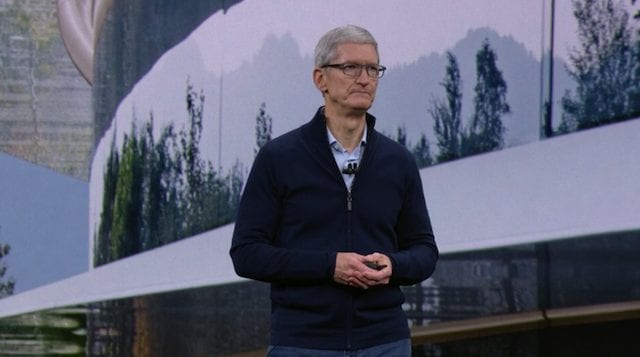
The Steve Jobs Theater
The event started out ahead of schedule at the new Steve Jobs Theater at Apple Park. As expected, Apple CEO Tim Cook paid homage to the namesake of the theater and the man behind the iPhone and Apple Park — Steve Jobs. It was touching to hear the catch in Cook’s voice and watch him wiping away tears as he described his late friend and mentor.
The facility is gorgeous. It holds about 1,000 people, and unsurprisingly a lot of those in attendance were Apple employees. This is something that is good to see, as it’s a reward to many employees who have worked long, hard hours on the projects that culminated in the announcements made at the event.
Towards the end of the event, Cook invited all in attendance to visit a side room where they could get a hands-on experience with the products. For past announcements, like that of the original Apple Watch, Apple has sometimes needed to actually build temporary tent-like structures for the after-event hands-on sessions. That’s likely to be a thing of the past now.
Of course, the Steve Jobs Theater won’t be used for all events; each year, the company will still hold the Worldwide Developers Conference at a venue that can hold a much larger crowd. But for product launches, we’re sure to see all future events in the Theater. This gives Apple much better control over the audio-visual aspects of the events, and it wouldn’t surprise me at all to see future launches live streamed in 4K.
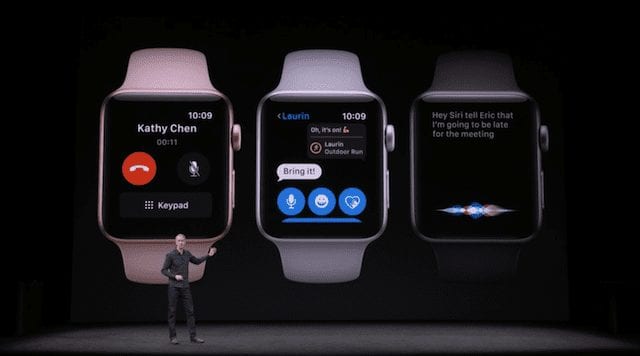
Apple Watch Series 3
We all expected the announcement of the new LTE-enabled Apple Watch Series 3, but the reality was much more impressive than what we expected. Finally, using an Apple Watch won’t mean that you’re missing out on features if you leave your iPhone at home. You’ll be able to send and receive voice calls, receive texts, get verbal responses from Siri for the first time, and even stream tunes from Apple Music — without having to lug along an iPhone.
Apple added a dual-core S3 processor to the device that’s 70 percent faster than the Apple Watch Series 2, developed its own wireless chip, and added water resistance to 50 meters as well as a barometric altimeter that measures relative elevation — in other words, it can’t give you the altitude that you’re currently at, but it can tell how far up or down you’ve climbed during a hike or run.
The built-in cellular radio supports LTE and UMTS, and it automatically kicks into cellular when it doesn’t detect a nearby iPhone. The Watch uses the same phone number that you have for your iPhone, and most carriers are going to provide introductory cellular plans at launch.
Apple also took the time to talk about the updated Heart Rate app that will be available at the launch of watchOS 4 on September 19. The app includes measurements during resting, workout, recovery, walking and Breathe sessions, and can be set to provide notification when heart rate is above a threshold level during inactivity.
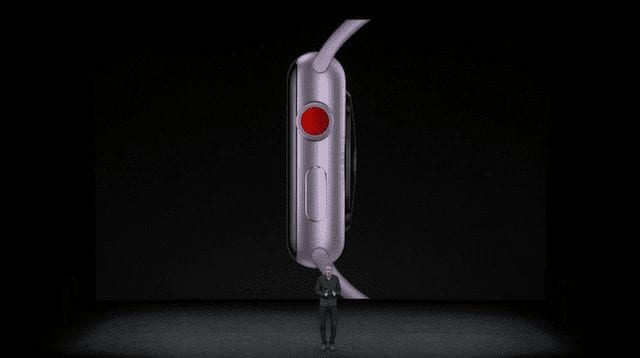
The Apple Watch Series 3 (GPS + Cellular) starts at $399, while a non-cellular version (GPS-only) will start at $329. You’ll be able to tell if an Apple Watch is a Series 3 model by the special red Digital Crown and exclusive watch face that shows cellular connectivity. Apple is also making the Apple Watch Series 1 available for as low as $249. No wonder the Apple Watch was described at the event as the most popular watch — not just smartwatch — in the world. You’ll be able to pre-order your Apple Watch Series 3 on Friday, September 15 and pick one up the following Friday, September 22.
What’s the importance of this announcement? Well, it finally frees people from needing to have an iPhone with them just to take advantage of certain apps and capabilities. I think the new Series 1 pricing is almost as important as the announcement of the Series 3, as it shows that the company has a commitment to making Apple Watch affordable to almost anyone.
Apple TV 4K
Now there’s a reason for most Apple fans to go out and purchase a 4K TV if they don’t already have one: the Apple TV 4K doesn’t just support 4K (3,840 x 2,160 pixels) video, but also supports High Dynamic Range for detailed and true-to-life colors. Apple announced that HD content that you’ve purchased in the past will be automatically upgraded at no cost to 4K HDR versions when they become available.
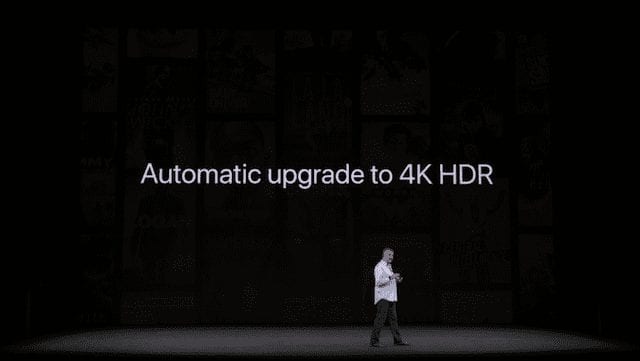
Of course, Apple realizes that many people love watching streaming video, so the device will be able to show 4K HDR content from services such as Netflix and Amazon Prime Video soon. Apple TV 4K supports both Dolby Vision and HDR10 standards for High Dynamic Range video, so any TV that supports those standards will show the best possible image from the device.
Any content at a lower resolution is scaled to 4K with a built-in high-performance scaler, and the device always outputs to the highest possible resolution of a TV. The Apple TV 4K is also designed to detect the capabilities of a 4K TV for automatic setup for the best quality picture.
Siri gains additional power with Apple TV 4K and the Apple TV app. It’s possible to now search for 4K movies simply by saying, show me movies in 4K. The app will gain the ability to watch or get updates about live sports just by saying things like “Watch the Broncos game” or “What’s the score of the Rockies game?” A dedicated sports tab in the Apple TV app can be set up to track your favorite teams and notify you when your team is playing.
The Apple TV 4K uses the same chip that’s in the iPad Pro — the A10X Fusion. The device also works as a home hub for HomeKit accessories, so they’ll be controllable from any location. As with several of the other products announced today, the Apple TV 4K will be available for pre-order on September 15 with availability on September 22. Pricing starts at $179 for a 32GB model and $199 for a 64GB model. The existing 4th-generation Apple TV is still available in a 32GB version for $149.
Why is this announcement important? It fills the 4K gap that was surprisingly left wide open with the announcement of the 4th-generation Apple TV in 2015. At a maximum price of $199, the Apple TV 4K is quite affordable, although not as inexpensive as competing devices. However, tvOS 11 and the Apple TV App Store make the new device a very compelling device for anyone who either has or is thinking about getting a 4K TV.
iPhone 8 and iPhone 8 Plus
For those who are wondering why Apple skipped right past the iPhone 7s and 7s Plus to these two new phones, it’s because the features of the iPhone 8 and 8 Plus are worthy of their own number and not just a “s” tag.
The phones are made of a super-strong glass front and back with a color-matched aerospace grade aluminum bezel. They’ll initially be available in space gray, silver, and gold finishes — the new gold finish is more subtle than what’s been available in the past. Both of the phones are water- and dust-resistant.
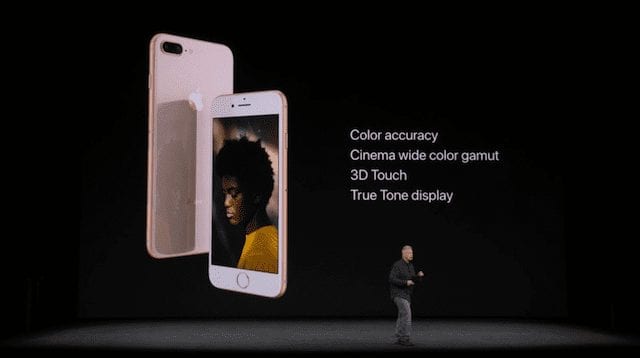
Like Apple’s iPad Pro, the new Retina HD displays add True Tone to match ambient lighting for a better viewing experience. The iPhone 8 and 8 Plus have redesigned stereo speakers that are as much as 25 percent louder than those on the 7 and 7 Plus, perfect for gaming, videos, and those all-important conference calls.
A new Apple-designed System on Chip (SoC) called the A11 Bionic has a six-core CPU, using two performance cores that are 25 percent faster than those on the A10 Fusion, while the four efficiency cores are 70 percent faster than those on the A10 Fusion. The A11 Bionic also has a three-core Apple-designed GPU, perfect for powering games and AR apps.
Apple notes that the cameras on the iPhone 8 Plus are custom-tuned for Augmented Reality apps, with new gyroscopes and accelerometers to accurately track motion. The A11 Bionic CPU can handle tracking the real world, recognizing the scene, and overlaying graphics at 60 frames per second, all while an image signal processor lights the scene in real-time.
iPhones are the most popular cameras in the world, and while Apple hasn’t increased the resolution of the cameras in the iPhone 8 and 8 Plus, they have improved the cameras considerably. The 12-megapixel camera of the iPhone 8 works with the Apple-designed image signal processor to provide faster autofocus in low light conditions, better HDR photos, and a wider color gamut.
There’s better video stabilization, 4K video at up to 60 frames per second and 1080p slo-mo up to 240 frames per second. With iOS 11 (which will be available on September 19, along with tvOS 11 and watchOS 4), the camera will support HEIF and HEVC to allow the phones to store up to twice the number of videos and photos.
One of the more compelling new features of the iPhone 8 Plus is how it can use the dual 12-megapixel cameras to provide what’s called “Portrait mode with Portrait Lighting”. This allows portrait photos to be taken with a very shallow depth of field with dramatic lighting effects that would normally require a studio.
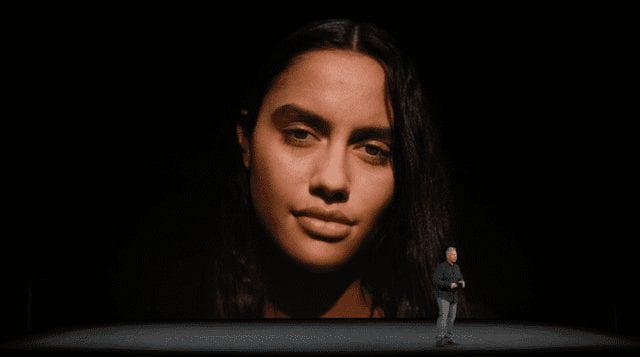
But I think one of the most important features of the iPhone 8 and 8 Plus, as well as the other products announced today, is the availability of Qi-standard wireless charging. Apple will have its own multiple-device (iPhone, Apple Watch and AirPods) charging pad called the AirPower mat available in 2018, while charging mats from Belkin and mophie will be available at launch time.
Why is wireless charging so important? It’s been available on competing platforms for years, but the fact that Apple hasn’t been part of the Qi charging scheme means that adoption as been quite slow. Now we can expect to start seeing Qi charging mats at businesses like restaurants and coffee shops, at airports and hotels, and so on. Apple will make its AirPower technology available to the Qi standards team, so future products from other manufacturers will likely support charging of multiple devices at once. I don’t know about you, but I’ll be very happy when I no longer have to carry a pile of charging cables with me when I travel.
The iPhone 8 and 8 Plus will be available in two capacities: 64GB and 256GB, with the price of the iPhone 8 starting at $699 and the 8 Plus starting at $799. Pre-orders begin this Friday, September 15th, with availability of the new phones on September 22 in a wide variety of countries.
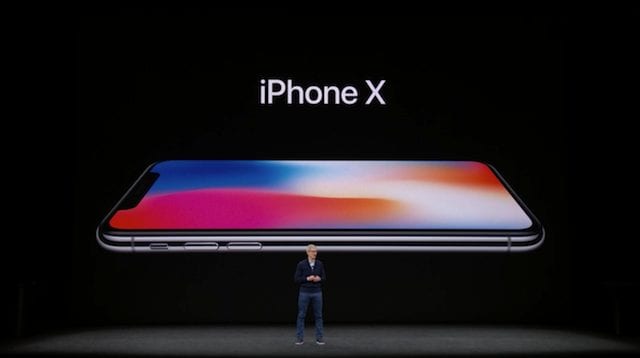
The iPhone of the future: iPhone X
As expected, Apple had “one more thing” to talk about at the event today: the iPhone X. Although it looks like “iPhone Ex”, it’s pronounced as the Roman number X — ten. Like the iPhone 8 and 8 Plus, the iPhone X is an all-glass design. But that’s where the resemblance stops — there is an almost bezel-less design with a 5.8-inch display called the Super Retina display. While Apple didn’t divulge the resolution of the display, it’s an OLED panel that has bright colors, true blacks, a million-to-one contrast ratio and the best color management in a smartphone.
The display actually supports Dolby Vision and HDR10 standards for High Dynamic Range video, which means watching video content and viewing photos on this device should be impressive. The Super Retina display is equipped with True Tone to match the display white balance to the surrounding light.
There’s no longer a Home button, with a new gesture in which a user swipes up from the bottom of the screen to go home. Without a Home button, how does Touch ID work? Well, it doesn’t — Touch ID is replaced with a much more secure face recognition-based authentication system called Face ID. The forward-facing camera on the iPhone X is equipped with a “TrueDepth” camera system that uses a dot projector to project more than 30,000 infrared dots on the user’s face, a flood illuminator and infrared camera, and a neural network in the processor to map and recognize a face. A mathematical model of a face is created and stored in the secure enclave of the Apple SoC, and the image of the face is checked each time before unlocking the phone.
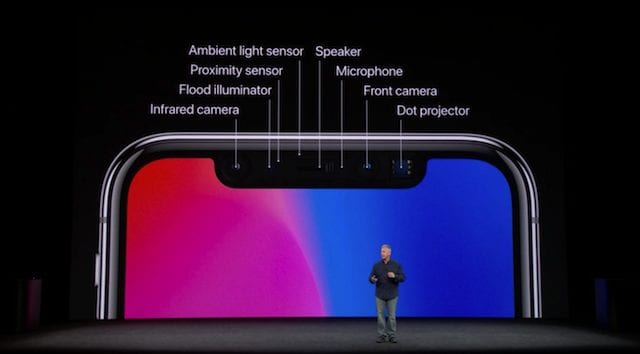
Face ID adapts to physical changes in appearance — for example, I currently have a beard but if I decided to shave it, Face ID would still recognize the underlying face. Apple made a big point of talking about how secure Face ID is compared to Samsung’s miserably bad face recognition technology. While Samsung’s tech can be spoofed by simply holding a picture in front of the camera, Apple’s cannot, nor can it be spoofed by even the best quality mask. While Touch ID can inadvertently unlock a phone in one out of 50,000 cases, Face ID can only be inadvertently unlocked by identical twins (Apple suggest using a passcode in that case) and has a one in 1,000,000 “failure” rate. Face ID works only when you’re looking at the screen, but is supposedly much faster than Touch ID when you are looking at it. As expected it works with Apple Pay as well.
The iPhone X cameras are quite amazing as well, especially the front-facing 7-megapixel TrueDepth camera. That camera brings Portrait Mode to the front camera for the first time. The rear camera is a dual-12-megapixel system with dual optical image stabilization, with a fast f/1.8 wide angle aperture and improved f/2.4 telephoto aperture — that latter aperture is faster than the camera on the iPhone 8 Plus.
The iPhone X also has all of the Augmented Reality features of the iPhone 8 and 8 Plus, and also has one feature that is absolutely amazing — Animoji. We all use emoji to express emotions, and animoji — animated emoji — take it to a new level. The TrueDepth front camera analyzes the motion of facial muscles and then animates your live expressions in a dozen different Animoji including a cat, fox, unicorn and more. Animoji is an iMessage app that’s sure to get a lot of use on iPhone X.
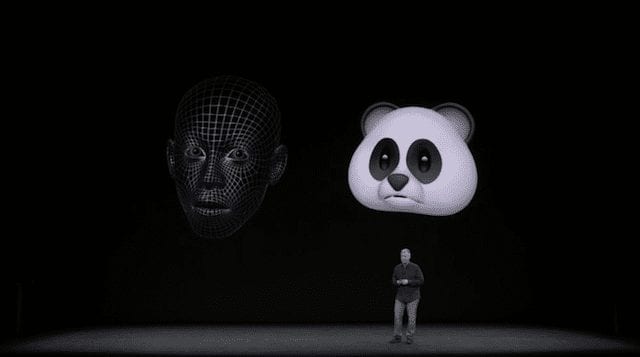
What powers all of this magic? The same A11 Bionic SoC found in the iPhone 8 and 8 Plus. However, this is a special version of the A11 Bionic with a neural engine called A11 Bionic Neural that can perform up to 600 billion operations per second for real-time processing for Face ID and Animoji. Once again, the iPhone X uses the Qi charging technology so you shouldn’t need to plug in an iPhone ever again.
Available in silver and space gray, the iPhone X comes in 64GB and 256GB versions starting at $999. The iPhone X will be available for pre-order on Friday, October 27 and available on Friday, November 3.
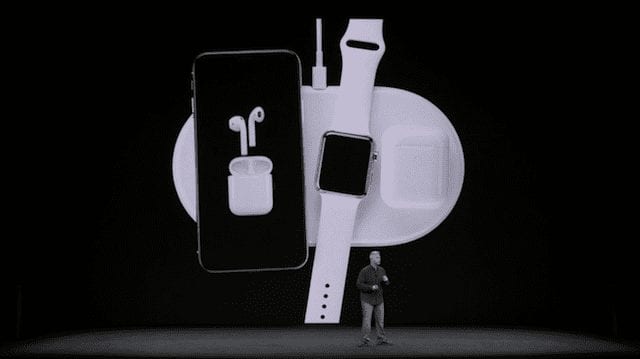
What’s important about the iPhone X? It really does point to the future of iPhones, with a screen that’s almost as large as that on the iPhone 8 Plus in a phone that’s about the size of the iPhone 8. The neural engine built into the A11 Bionic SoC can be used for many machine learning applications, so Apple smartphones and other products will only get smarter in years to come. It, and the iPhone 8 family, also show the company’s pivot to Augmented Reality — we should see some absolutely spectacular AR apps coming in the near future as developers get up to speed.
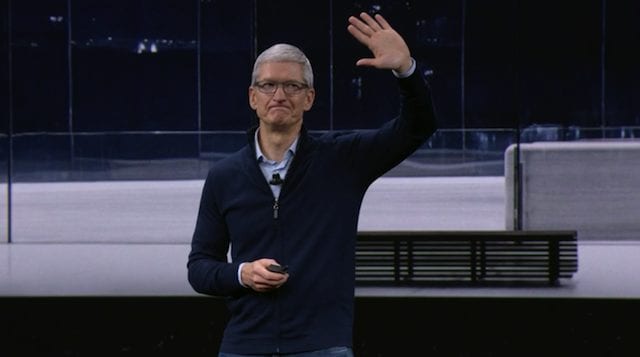
Conclusion
All in all, I felt this was a very important and satisfying Apple event. Apple’s research and attention to detail show up in all of the products announced today, as well as in the venue where the event was held. We can see that Apple is truly committed to making AR a marquee feature of future iPhones, and perhaps — if coupled with displays mounted in eyeglasses — a future where iPhones are replaced by a much improved Apple Watch with cellular service. For those who love Apple products, it’s going to be a very expensive fall.
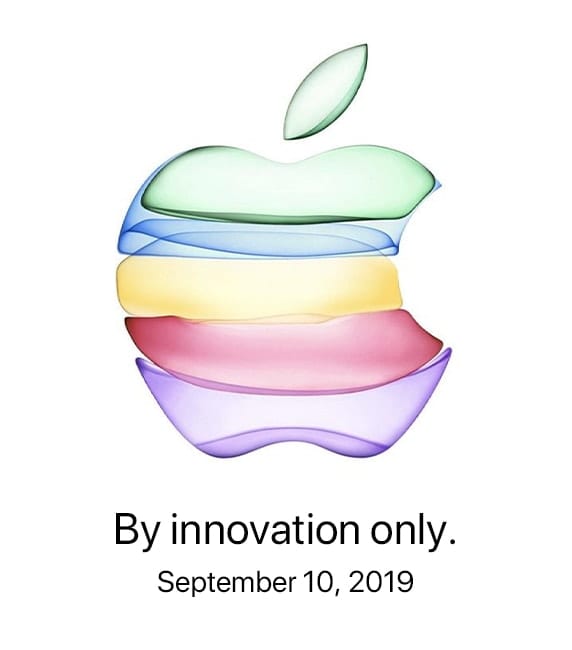

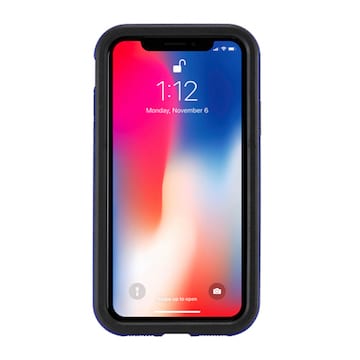
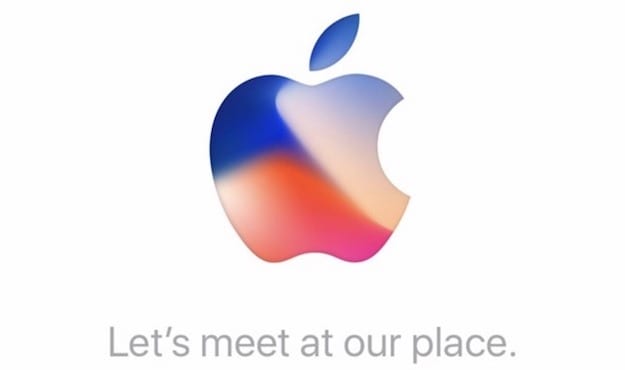
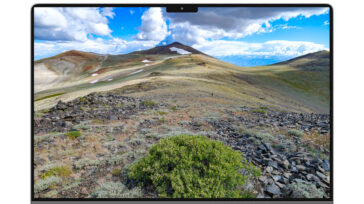

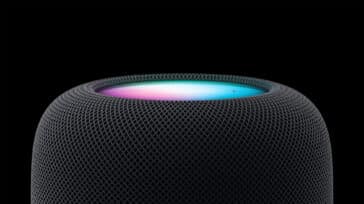
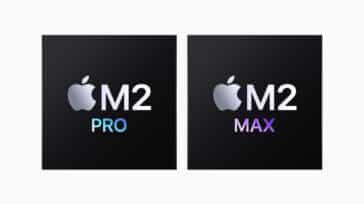


Tim showed the X and a cut-away diagram showing the new OLED screen that is attached inside the phone by the screen bending and attaching underneath. Wow, I bet the next version will sport an externally folding screen to double or triple the screen size, once you open it up into “Laptop Mode”…
A couple things I’m still unclear on:
1) I read that you can switch off the Facial Recognition on the X. This then leaves you only a password option, correct? No thumb scanner, right?
2) Since Apple Qi charging mats won’t be out until next year, do I need to get a 3rd party solution in the meantime? Or, can I still charge via lightning connector?
1) That’s correct, you’ll just be able to enter your passcode/password. Think of it as being like those situations where your hand is wet and you try to do Touch ID — it doesn’t work, so you just enter in the regular passcode.
2) You can charge via Lightning connector; in fact, if you use an Apple USB-C charger (like the ones for the MacBooks and MacBook Pros) and a USB-C to Lightning cable, you can actually quick charge the iPhone X. There are many third-party charging pads (Belkin and Moshi for example), but personally, when I get my iPhone X (hopefully in early November) I’m going to use the quick charge solution until the AirPower pad is available.
Steve
Steve, do you know if the new OLED display on iPhone X is more usable outdoors in bright sunlight, than the LCD display on previous iPhones?
Ed – having never owned a phone with an OLED display or having had a chance to try one outside, I can’t give you an honest answer. However, I use my Apple Watch (original) outside and the screen is readable in just about any sunlit conditions. I checked with a friend who has a Samsung phone with an OLED display, and he feels that they’re much more readable in sunlight. I’m personally looking forward to the more intense colors and deep blacks of the OLED display.
LATER – Checked the brightness on the iPhone X versus the iPhone 7 Plus. The 7 Plus shows “625 cd/m2 max brightness” and the iPhone X is listed as “625 cd/m2 max brightness”. So it’s not any brighter…however, the increased contrast may very well make it much more readable in sunlight. The contrast ratio for the 7 Plus is 1300:1, while that of the iPhone X is 1,000,000:1. Just a touch better… :-)
Steve